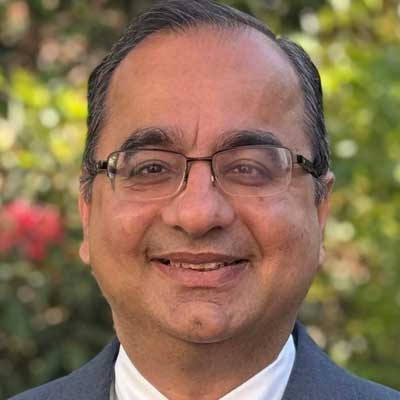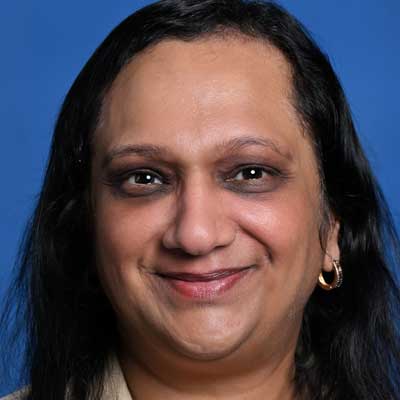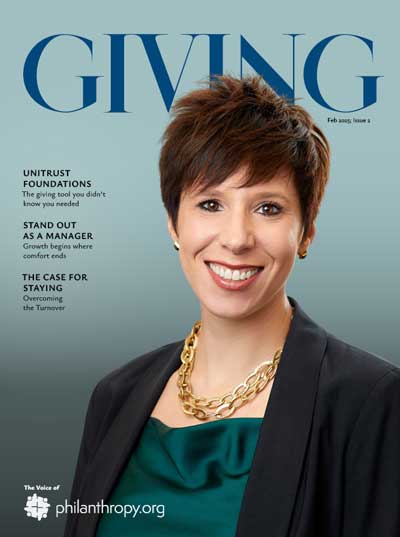A Framework for Sustainable Philanthropy
By Drs. Sanjay & Archana Bindra – Co-Founders, GOSUMEC Foundation USA
Introduction: Two Worlds, One Goal
When people hear the term behavioral philanthropy, they often think of a modern, data-driven discipline shaped by researchers like John List, Dan Ariely, and Richard Thaler. In just a few decades, behavioral science has reshaped how nonprofits approach fundraising—introducing concepts like identity-based giving, social proof, and frictionless donation experiences.
But here’s the twist: these are not entirely new ideas. Across the world and over two millennia ago, Indian giving traditions—from classical philosophy to village customs—were exploring many of the same drivers of generosity. The language was different, the framing more moral than mathematical, but the insights were surprisingly aligned with what today’s research confirms.
At GOSUMEC Foundation USA, a zero-overhead, zero-staff nonprofit funding perpetual medical scholarships in India, we operate at the intersection of these two knowledge streams. Our East–West Behavioral Philanthropy Framework blends the timeless principles of Eastern giving with the proven strategies of Western behavioral science—creating a model that is both culturally grounded and operationally scalable.
Why This Matters Now
The global nonprofit sector is facing a trust crisis. Donor retention rates hover around 40–45% with first-time donor retention less than 1 in 5. Many organizations operate in a perpetual state of fundraising urgency, focusing more on short-term targets than long-term donor relationships.
In this environment, the combination of ancient wisdom and modern precision isn’t just an interesting idea—it’s a practical solution. Ancient giving traditions offer a moral compass for generosity, while behavioral science provides the tools to apply those values in a way that is measurable, repeatable, and sustainable.
Five Core Principles: Where East Meets West
1. Dāna / Śraddhā → Identity-Based Giving
Timeless insight: Give with sincerity and respect. In Indian traditions, giving is not a casual act—it is an extension of one’s identity and values.
Modern parallel: Behavioral philanthropy research shows donors give more consistently when their giving reflects who they are, not just what they support.
Our practice: We use the 100% model—every dollar from donors funds scholarships directly, with operational costs covered separately by our founders and board. This assures donors that their contribution is exactly what they intended, reinforcing the identity-based bond.
2. Sattvika Dāna → Targeted, High-Impact Giving
Timeless insight: Give at the right place, right time, to the right recipient.
Modern parallel: Behavioral research emphasizes the importance of relevance and timing in maximizing donor satisfaction and impact.
Our practice: We partner with the Foundation for Excellence to ensure scholarships go to the most deserving students, with precise timing to meet their academic needs.
3. Nishkāma Karma → Intrinsic Motivation
Timeless insight: Act for the benefit of others without attachment to personal reward.
Modern parallel: Studies find that values-driven giving sustains longer than recognition-driven giving.
Our practice: We maintain radical transparency—publishing all financials, hosting open board meetings, and connecting donors directly with scholarship recipients. These actions keep the focus on impact, not accolades.
4. Tyāga → Stewardship Mindset
Timeless insight: Wealth is a responsibility, not just a possession.
Modern parallel: Framing giving as stewardship deepens loyalty and fosters legacy commitments.
Our practice: Our founders and leadership personally cover all operational costs, demonstrating that we see donor funds as a trust to be honored, not a resource to be spent casually.
5. Seva Bhāva → Community Belonging
Timeless insight: Service strengthens both the community and the individual.
Modern parallel: Peer belonging and shared purpose are powerful drivers of donor retention.
Our practice: Donors receive personal updates from students they support, creating a direct connection that transforms transactions into relationships.
The Three Operational Pillars
Inspired by charity: water‘s success but adapted for small, zero-staff nonprofits, our framework rests on:
-
- 100% Model – All donations go directly to scholarships; founders fund all operational costs.
-
- Radical Transparency – Every financial record, governance decision, and impact story is available to donors.
-
- Local Partnerships – We deliver scholarships through trusted, established organizations on the ground in India.
These pillars ensure the framework is trust-based, low-maintenance, and scalable—qualities often missing in small nonprofits.
Measurable Impact
In our first two years of operations, GOSUMEC Foundation USA has:
-
- Established the first perpetual endowment for medical students at our alma mater in India
-
- Supported 85 students through scholarships
Through our ongoing GIVE Study, we are tracking key donor engagement metrics that suggest the framework’s effectiveness. Early indicators show potential for:
-
- Donor retention rates of 70-90% for recurring givers—significantly above the sector average of 40-45%
-
- Growth of recurring givers by 20-30%, significantly above national data
-
- Conversion of 10-15% of first-time donors to recurring supporters, compared to the sector norm of less than 8% for nonprofits
-
- A donor base where 30-40% give on a recurring basis, indicating strong commitment to our mission
We have accomplished this without staff, without overhead costs to donors, and without compromising on transparency or donor experience. The GIVE Study will continue tracking these patterns to demonstrate whether the East-West framework can sustainably retain donors and deepen their engagement over time.
Why This Works: A Behavioral Lens
Behavioral science tells us that people give when:
-
- The cause aligns with their identity.
-
- The process is frictionless and transparent.
-
- They feel a personal connection to the outcome.
Eastern giving traditions anticipated these insights by centuries, embedding them into cultural norms. Our framework is simply a bridge—one that carries these values into the modern, data-driven world of philanthropy.
The Path Forward: Tradition + Innovation
The tension between “old” and “new” in philanthropy is a false one. Ancient wisdom and modern innovation are not opposing forces—they are complementary. Tradition offers principles that have stood the test of time; innovation offers methods that adapt those principles to today’s realities.
The moral clarity of dharmic giving, combined with the precision of behavioral research and the discipline of transparent operations, offers a blueprint for sustainable generosity. This is not just about raising more money—it’s about restoring trust in the nonprofit sector, one relationship at a time.
As we’ve seen at GOSUMEC Foundation USA, when donors experience giving as part of who they are, when they can see their impact directly, and when they trust the system delivering it, they don’t just give once—they give for legacy.
Closing Thought
In the end, sustainable philanthropy is not about choosing between the East and the West. It’s about building a bridge sturdy enough to hold the wisdom of both. The question is not, “Which model is better?” It’s, “How can we combine the best of both worlds to serve others better?”
That’s the journey we’re on. And it’s a journey that, like the most enduring traditions, is built to last for generations.








